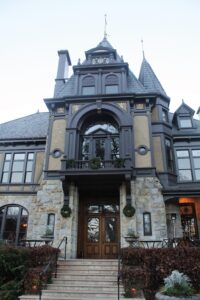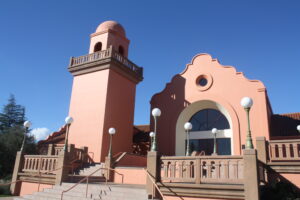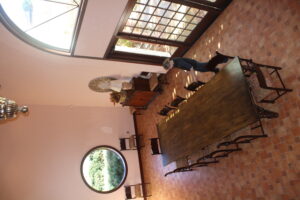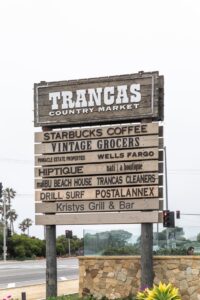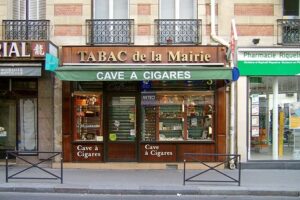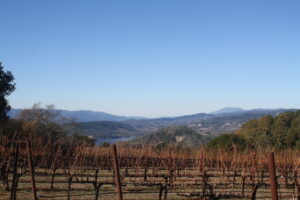We have been very fortunate in our wine tasting experiences over the years. We’ve had the chance to visit and taste some of the most famous and exclusive wines from the United States, Europe, Australia and South Africa. We have bought a few bottles and from time to time we open some of those bottles and give ourselves the pleasure of tasting greatness. But most of the time, we drink very nice wines that are either from one the wine clubs we are members of or which are easily available, accessible and economical. We believe that most wine enthusiasts follow the same pattern that we do. (We’ve often wondered whether the Rothschilds ever open a simple Beaujolais on a steamy summer evening. If any Rothschilds are reading this, please let us know.)
The problem, if that’s what it is, is that when we go wine tasting we don’t gravitate towards the wineries and wines that are our normal fare on a routine Tuesday. We choose the wineries that we know, from experience or reputation, that make the best wines in that region. In many instances, these wineries make an array of wines, some of which are low-priced, mass-market entries and others that approach the very finest.
Beringer’s Rhine House, which includes Beringer’s premium tasting room.
Let’s take one winery as an example: Beringer. They have some wines that sell below ten dollars a bottle. (In fairness, they do not sell these wines at their winery in St. Helena. For a long while, these plonk wines were served in dive bars and at company affairs, and we thought that these were all Beringer made.) At the other extreme, their Private Reserve can rival any wine from California or elsewhere. There are other top-end single vineyard varietals and there are many Beringer wines at the lower end of the price spectrum that are quite enjoyable. What do we drink when we visit Beringer? Their finest wines, of course. We have some at home, but more often we open their wines that cost 80% less than the top tier. And we like them quite a lot.
The lesson, we guess, is that we ought to pay more attention to the less than the best wines when we go tasting. It’s difficult. Once we’ve tasted the best, everything else seems rather drab. Of course, we try to save the best for last, but then we often choose the premium tasting menu and never even sip anything in the more affordable category.
There have been cases in which we have asked to compare wines made from the same grape on both the premium and the regular menus. Most servers don’t care; after all, their potential customer is more likely to enjoy the costlier wine more and might buy some. There is a line of thought that if the top wines are excellent, some of that excellence should be reflected in the lesser ones. There are many instances in which that is true. But in these times of mega-corporate takeovers, it is often the case that the grapes for the commercial wines are purchased from other vineyards, pressed and bottled in different factories and have far lesser quality controls. Sometimes the adage, “you get what you pay for” is true.
